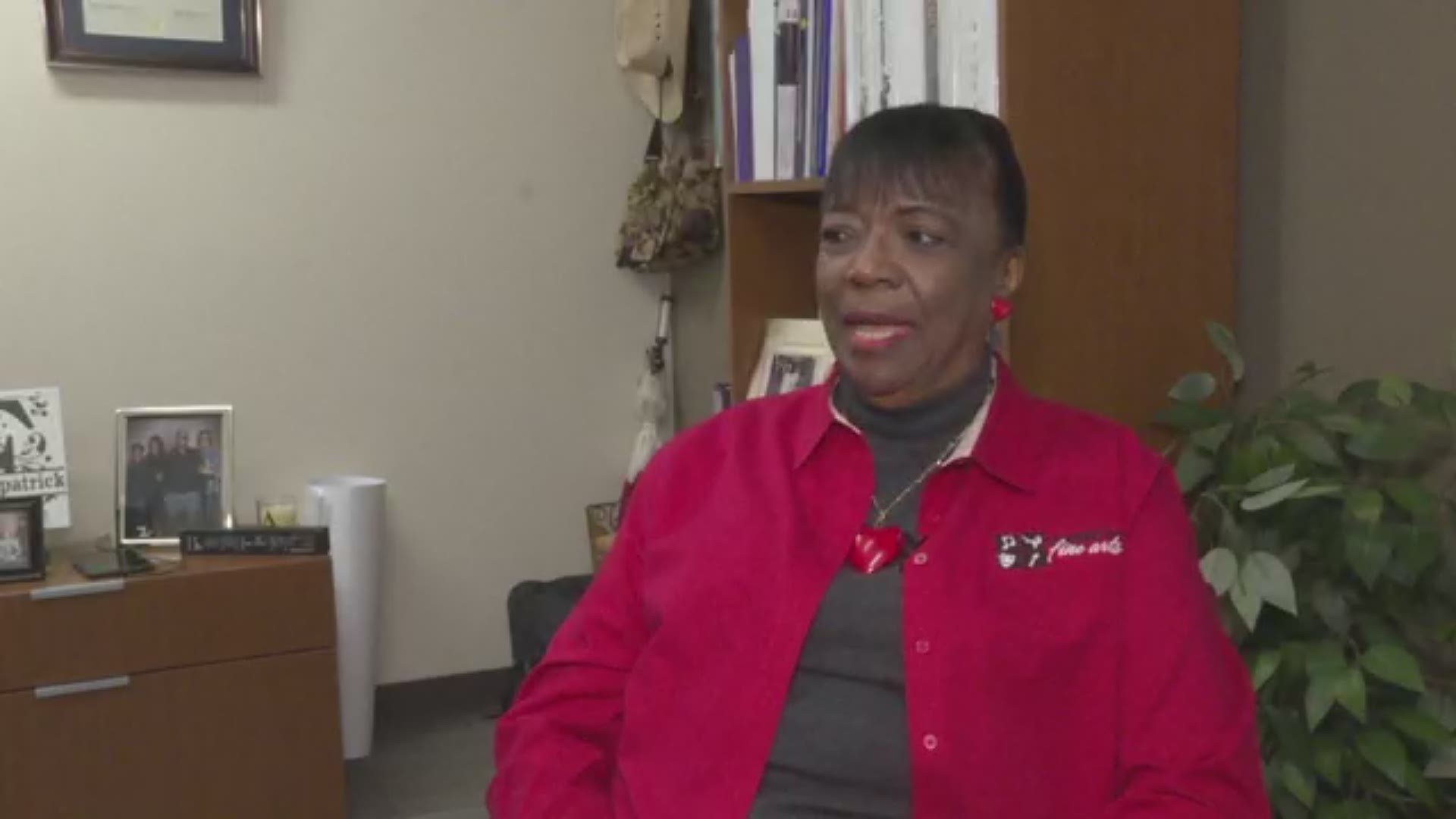TYLER, Texas — When we hear about historically black colleges and universities, it sometimes comes with a negative connotation.
“You hear some of the people at the school saying, the program’s not going to prepare you to be a teacher in the real world," says Texas College graduate Tamira Alejandro. "Your degree won’t mean anything. Nobody will higher you."
"They’re constantly under attack," Jarvis Christian Collge student Dejanae Tookes says. "And there’s no experience like the HBCU experience. It’s black excellence at its best. People that criticize us, they just don’t understand the home feeling, the black excellence, the leadership that comes from the HBCUs."
The term “HBCU” was coined with the passing of the Higher Education Act of 1965. The act defines an HBCU as: "...any historically black college or university that was established prior to 1965, whose principal mission, was, and is, the education of black Americans, and that is accredited by a nationally recognized accrediting agency or association determined by the Secretary [of Education] to be a reliable authority as to the quality of training offered or is, according to such an agency or association, making reasonable progress toward accreditation."
"With an HBCU, I really look at it as the experience and with that experience you have three things with the pride, tradition and then the legacy," Angela Fitzpatrick, Wiley College graduate and current principal at David Crockett Elementary, says. "Yes, those are at other campuses but with an HBCU, you have an experience that is so much different."
While these schools may have been founded to educate a disenfranchised population, now they have evolved into educational facilities that welcome anyone, regardless of race, who wishes to attend. The National Center for Education Statistics say non-black students made up nearly one-quarter of enrollment at HBCUs in 2016.
"Our mission, which is designed to provide a balance of intellectual, psychological, and spiritual development for those who we serve, obligates us have a broad sense of learning and opportunistic experience for our students," Texas College President Dwight Fennell says. "In doing so, it requires us to have an evaluation and assessment of where we are as an institution and where we’re headed."
School administrators say students are embracing the changes in the student body. Wiley College's Eric Stringfellow tells CBS19, the increased diversity has improved the campus experience.
"They all live together and they all really really seem to bond together. I think it’s one of the most diverse campuses I’ve seen," Stringfellow says. "Some of that may have to do with our athletic teams and how we recruit. Again, the student population is pretty diverse."
Along with a more diverse atmosphere, HBCUs have also added new courses and programs, updated buildings and taken on new administration, all in an attempt to stay relevant with today’s students.
"We think that we have a role and responsibility to those that we serve and although we may be HBCU in nature or character our missions are all different," Fennell says. "I think the question of 'why do our institutions still exist,' we ask 'why should they not exist'?"

